There are few things certain in life. And for women, the usage of Feminine hygiene products has been added to it ever since the invention of sanitary pads. The sanitary pads have become inevitable to them - From her first period till the Menopause. Most of the women use what her mother used/uses without contemplating much about it. Because, even today, women are facing an uncomfortable situation when they have to buy sanitary pads or tampons in an outlet store and for the obvious reason they avoid the awkward conversation with the shopkeeper to question about the nitty-gritty of the sanitary pad they purchase every month. On average, a woman will have to use 12,000 to 17,000 disposable sanitary pads/tampon in her lifetime. Today, women are forced to believe that what they use is pure and made of pure cotton by ceaseless advertisement through Televisions, Internet and even smartphones. But,
Here are the Shocking and Hazardous facts about the conventional sanitary pads:
Why Sanitary pads are dangerous?
Shock #1
Almost all the conventional sanitary pads are mimicked to look like pure cotton. But that's not true. Yes, they are made from waste papers and wood pulps.
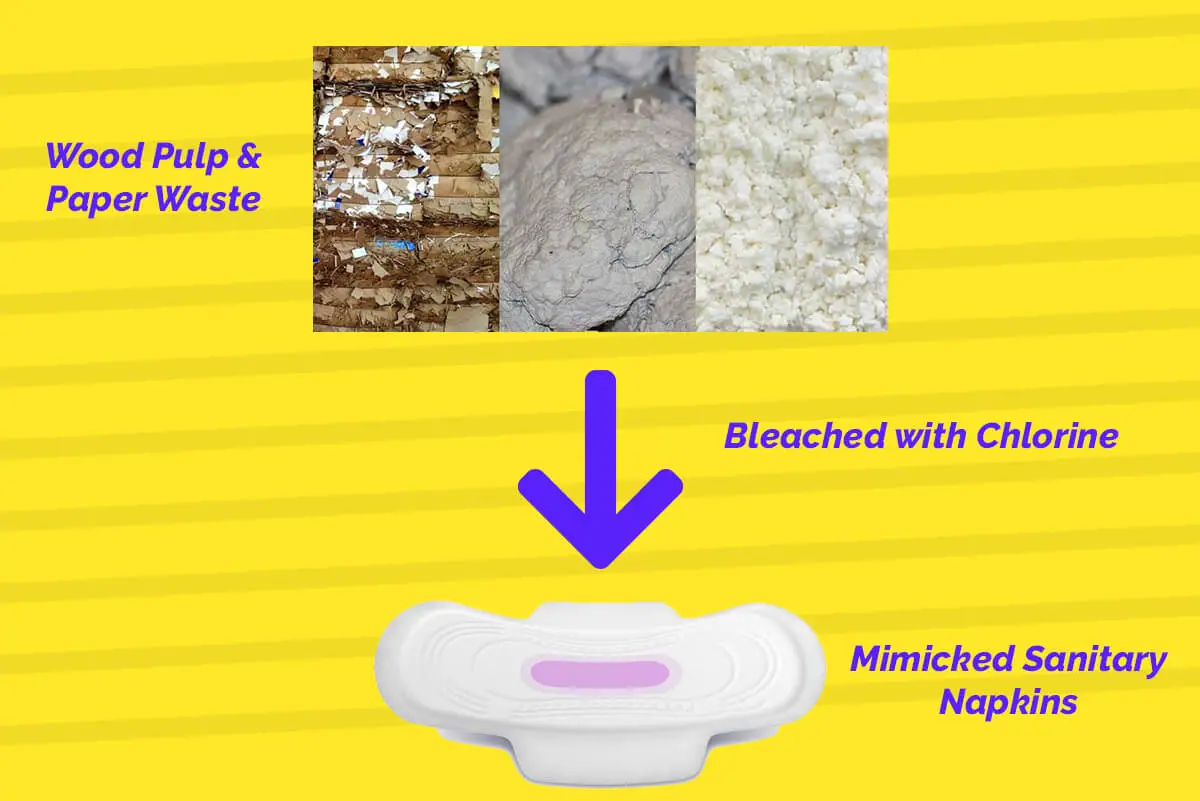
Shock #2
Since the white colour is associated with purity, the waste papers and wood pulps are processed and bleached with chlorine to make it look sterile.
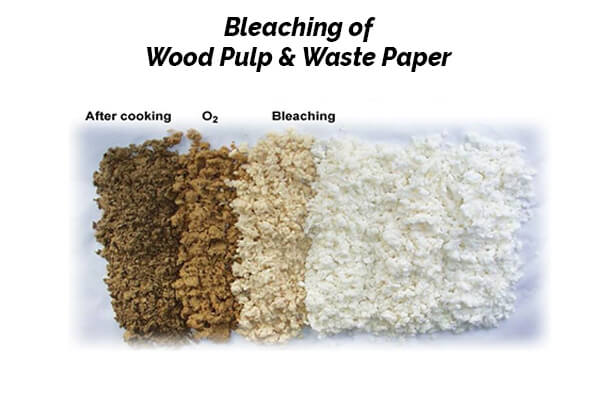
Shock #3
It may look pristine and harmless, but the bleached waste paper and wood pulp will still have the residues and by-products of bleaching. The two of the deadliest toxins - Dioxin and Trihalomethane.
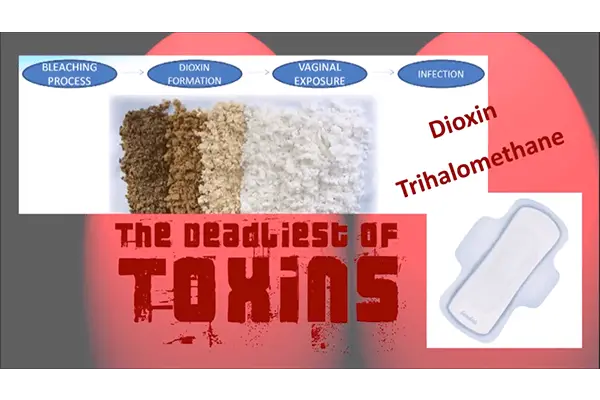
Shock #4
Dioxins are earmarked as the No.1 Human Carcinogen - a substance that causes cancer in living tissue.
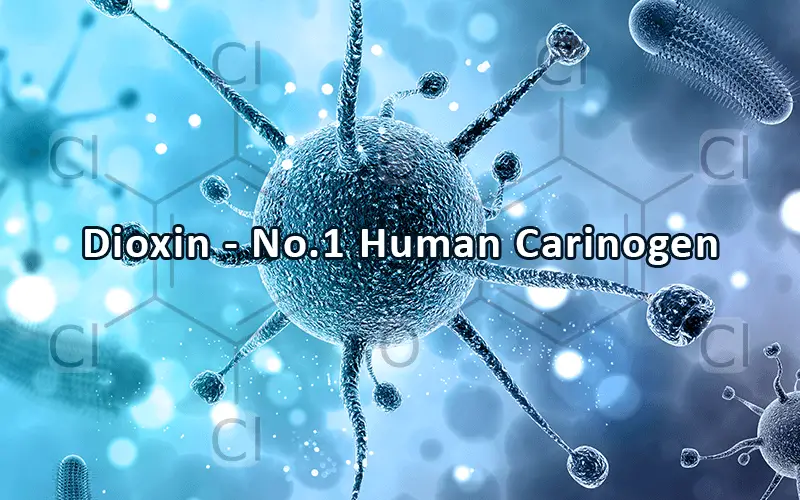
Shock #5
Dioxin is banned in early 2001 because of its capability to cause cancer in ovaries, bladder, breasts and uterus. And it also contains a range of harmful chemicals including polychlorinated dibenzodioxins (PCDDs), polychlorinated dibenzofurans (PCDFs) and the recently banned, polychlorinated biphenyls (PCBs).
Shock #6
Dioxins also cause Pelvic Inflammatory Diseases and Endometriosis.
The Endometriosis Association of America correlates the very high incidence of Endometriosis to dioxin in sanitary napkins.
Shock #7
Dioxin can also cause infertility, hormonal imbalance and multiple menstrual disorders.
For an average woman, it is not just one exposure but 500 menstrual cycles (ie) 2500 menstrual days susceptible to hazardous toxins.
Side effects of sanitary pads
Most of the women may have had sudden irritation and burns down there. Many of them don't even know what is the cause for that. For everybody's information, it is solely due to the yeast infection or rashes that are emanated from the dioxin filled sanitary pads. If you're still wondering what could possibly go wrong using a sanitary pad, then take a look at the side effects of sanitary pads
Sanitary pads cause cancer
The first and foremost thing you should notice while using a sanitary pad is that it is not made of cotton instead they contain specially made cellulose gel. This is the source for all kind of rashes and infections. And in the worst case, it might also cause cancer in the cervix.
Birth defects and infertility
One may feel appealing to use sanitary pads and think it is 100% safe to use just because of its fresh fragrance while opening a pack. But the truth is, it's not! The fragrance used in the sanitary napkins is just chemicals. And the vagina is the most sensitive part of the human body, nobody would want it to have direct contact with the chemicals. Because the deodorants, which are chemicals, used in those sanitary pads can cause birth defects and infertility in women.
Disadvantages of Unmedical sanitary pads
- No protection against bacterial colonization
- External Rayon surfaces have the potential to trigger an allergic reaction
- Cannot be used for long hours and causes discomfort
- Bad odour
- Rashes and Yeast infection
- More waste
- Cannot indulge in physical activities like swimming, cycling etc
- Transparent sometimes
Medical proofs that sanitary pads are hazardous.
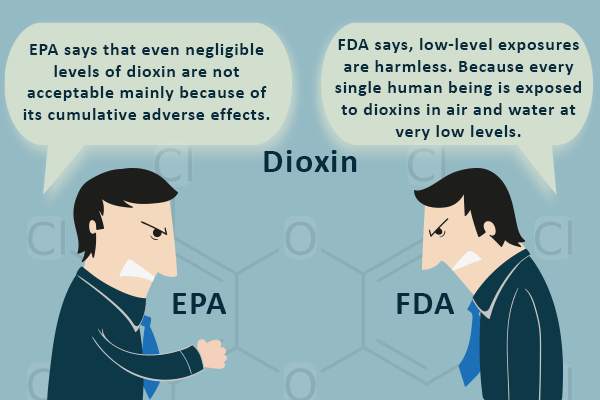
The EPA and FDA shared a difference of opinion on Dioxin exposure. The EPA says that even negligible levels of dioxin are not acceptable mainly because of its cumulative adverse effects. The continuous exposure to the dioxins as in sanitary pads and tampons may increase the risk of cancers or health issues. But the FDA says otherwise, low-level exposures are harmless. Because every single human being is exposed to dioxins in air and water at very low levels.
No research or study, till today, has assessed and attested the quality and standards of sanitary napkins which are available in Indian markets. Nonetheless, few individuals, organisations and NGOs came forward and have been trying to bring the presence of toxic chemicals in the conventional sanitary pads to light.
The quality and standards of the conventional sanitary pads, that are available in the Indian Market, have not been updated since the early 1980s. It is normal for many of us to believe that these sanitary pads are sanitized to use just because the package has the seal of certification from the official bodies of India or USA. But to your shock! It is not. Experts strongly believe that the standards which were set way back in the 1980s are obsolete and outdated. They think that even very low and exiguous quality will pass the test set by those standards - which only includes whether the absorbent fillers are smooth? Whether the pad surface is soft? And the sad fact is that the ingredients and toxicity used in the manufacturing process do not even matters and makes to the list.
A paper published in 2016 by IIT Hyderabad states, “Dioxins are predominantly used to bleach the materials used for making the absorbent core, and it is the sole cause for side effects in women such as pelvic inflammatory disease, ovarian cancer, immune system damage, impaired fertility and diabetes. SAPs (superabsorbent polymers) are added to increase the absorption capacity, but in the 1980s, use of SAPs was restricted in tampons in the US due to its possible link with toxic shock syndrome, a potentially fatal illness caused by a bacterial toxin.”
These issues have been raised by a few social activists. Anuradha Barman, S.D. Asagekar and Pooja Katkar wrote a paper regarding 'An Overview on Sanitary Napkins', “These products seem innocuous but they may be laced with dioxins, petrochemicals, Genetically Modified Organisms and fragrances. When these chemicals come in contact with sensitive skin, tissues may get irritated. Dioxins are carcinogenic in nature hence the risk of cancer increases even at very low levels of exposure.”

The vaginal and vulvar tissues are permeable which puts it in risk when it comes in contact with the chlorine-bleached sanitary pads. The vaginal layers contain mucous membrane which posses numerous blood vessels and lymphatic vessels. This makes it is perfect for the diffusion of toxic chemicals into the woman's body.
According to a senior executive who has worked at one of the leading sanitary napkin manufacturers for almost two decades, quoted "use of slender quality materials to make the sanitary pads cheap is not new. What companies usually follow is the US Food and Drug Administration standards. But the ingredients in these pads behave differently in the Indian environment. But things have improved in the recent years," the executive said and preferred to go by the name John Doe.

A 10 years study on monkeys commenced in 1993 found that 79% of a group of monkeys in the US affected by Endometriosis after exposed to dioxin (tetrachlorodibenzo-p-dioxin - the most toxic dioxin) in their food. The severity of endometriosis was directly proportional to TCDD (2,3,7,8-tetrachlorodibenzo-p-dioxin) to which the monkeys had been exposed. The dioxin level in the monkey's food is as small as five parts per trillion. Even at such low levels, the monkeys had developed Endometriosis. The dioxin-affected monkeys showed notorious abnormalities similar to those observed in women who are affected by endometriosis.
“While all our products are required to meet the strict safety expectations of regulatory bodies such as the US Food and Drug Administration, to make sure we meet the highest standards of safety expectations, we also share our feminine care product information with independent experts including medical consultants and university scientists, and publish our safety studies in scientific and medical journals," the P&G India spokesperson said in an emailed response.
Spokespersons for J&J India and Kimberly-Clark (Asia Pacific) declined to comment.
It is a well-known fact that only 12% of women use sanitary napkins in India. Nobody has come forward or raised a question about how these pads are manufactured. And as a result of which, there isn't sufficient pressure for the companies to make better quality products.
So think twice before using unmedical sanitary pads.
Alternatives for healthy and better menstruation.